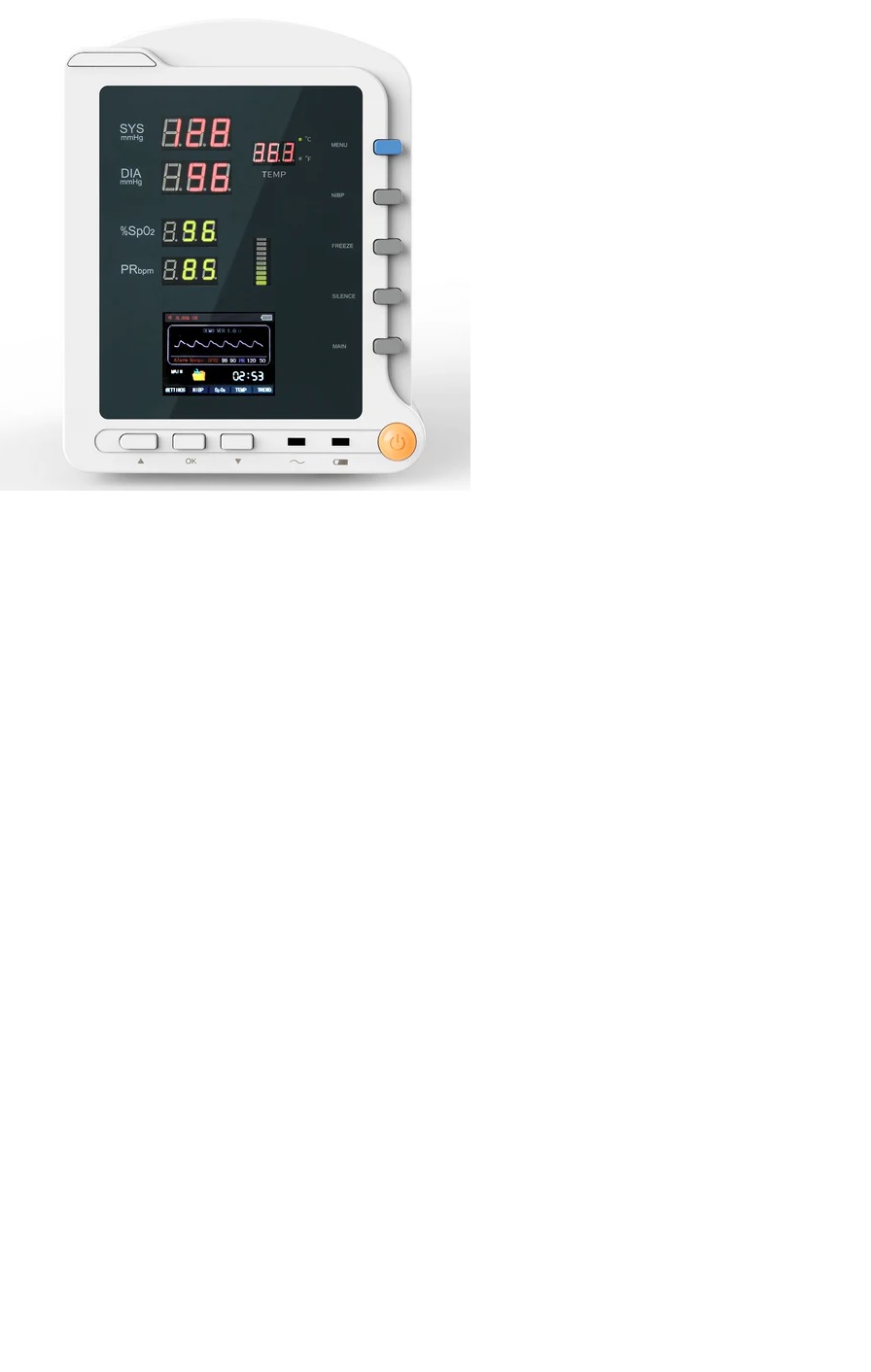
Patient Monitor Supplier In Chennai
Introduction
In modern healthcare, patient monitors play a crucial role in ensuring patient safety and improving the quality of care. These advanced devices provide real-time data on vital signs, allowing healthcare professionals to make informed decisions and respond promptly to any changes in a patient’s condition. This blog post explores the various types of patient monitors, their benefits, and key considerations for their use in clinical settings.
What is a Patient Monitor?
A patient monitor is a medical device used to continuously observe and record a patient's vital signs, such as heart rate, blood pressure, respiratory rate, and oxygen saturation. These monitors are essential in various settings, including hospitals, emergency care units, and even home care environments. By providing real-time data, patient monitors help healthcare professionals track a patient’s condition and detect any abnormalities or trends that may require intervention.
How Do Patient Monitors Work?
Data Collection: Patient monitors use sensors to collect physiological data from the patient. These sensors can be placed on the skin, connected to intravenous lines, or attached to other medical devices.
Data Transmission: The collected data is transmitted to the monitor, where it is processed and displayed on a screen.
Data Analysis: Advanced patient monitors may include software that analyzes the data, providing alerts for abnormal readings or trends.
Real-Time Display: The monitor displays vital signs in real-time, allowing healthcare professionals to continuously observe and respond to changes.
Types of Patient Monitors
Telemetry Monitors: These monitors provide continuous monitoring of patients' vital signs from a distance. They are commonly used in cardiac care units to monitor heart rhythms and other critical parameters.
Multi-Parameter Monitors: These versatile monitors can track multiple vital signs simultaneously, including ECG, blood pressure, oxygen saturation, and respiratory rate. They are used in various settings, including intensive care units (ICUs) and surgical theaters.
Portable Monitors: Designed for mobility, these monitors are used for patients who require monitoring outside of traditional clinical settings. They are ideal for home care or for patients on the move.
Fetal Monitors: Specifically designed for monitoring the health of unborn babies, these monitors track fetal heart rates and maternal contractions during labor.
Benefits of Using Patient Monitors
Real-Time Monitoring: Continuous observation of vital signs allows for early detection of potential issues, enabling prompt intervention and treatment.
Improved Patient Safety: By providing accurate and timely data, patient monitors help prevent complications and enhance patient safety.
Enhanced Decision-Making: Real-time data supports healthcare professionals in making informed decisions about patient care.
Data Recording: Monitors record vital signs over time, creating valuable records for diagnosing and assessing patient conditions.
Remote Monitoring: Telemetry and portable monitors enable healthcare providers to track patients' health remotely, expanding care possibilities beyond traditional settings.
Considerations for Choosing a Patient Monitor
Functionality: Determine the specific parameters you need to monitor and choose a device that meets those requirements.
Accuracy: Ensure the monitor provides accurate readings and reliable performance.
Ease of Use: Look for monitors with user-friendly interfaces and intuitive controls to facilitate efficient operation.
Integration: Consider how well the monitor integrates with existing healthcare systems and electronic health records (EHRs).
Maintenance and Support: Choose a model that comes with reliable customer support and easy maintenance options.
Conclusion
Patient monitors are invaluable tools in modern healthcare, providing essential data that supports better patient outcomes and enhances overall care. By understanding the various types of monitors, their benefits, and key considerations for selection, healthcare providers can make informed choices that optimize patient monitoring and improve clinical outcomes.
Call to Action
If you need assistance in selecting the right patient monitor for your facility or have questions about specific models, our team of experts is here to help. Contact us today to learn more about how we can support your patient care needs with the latest monitoring technology.

